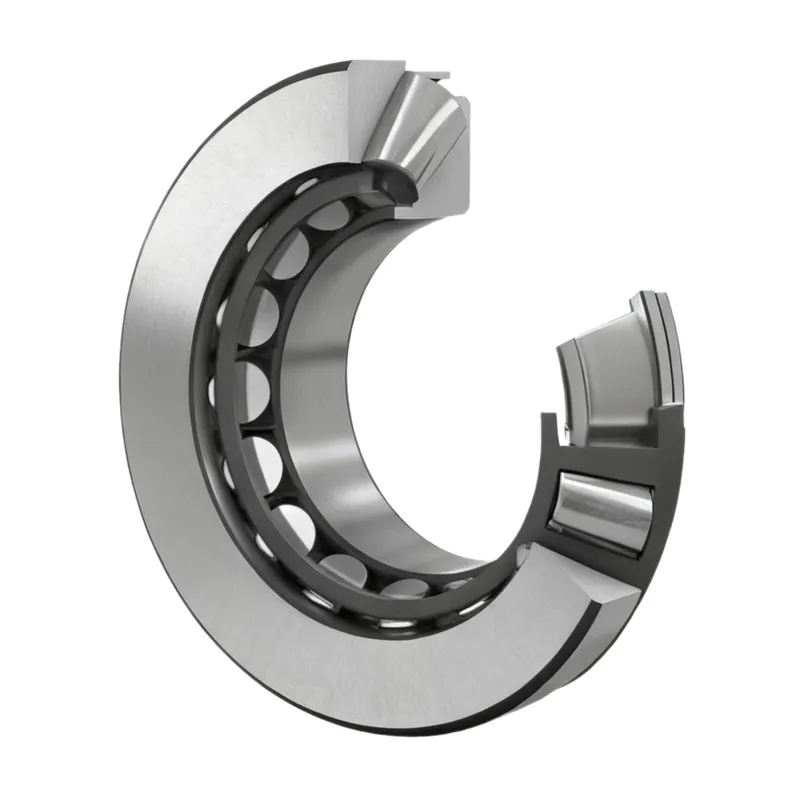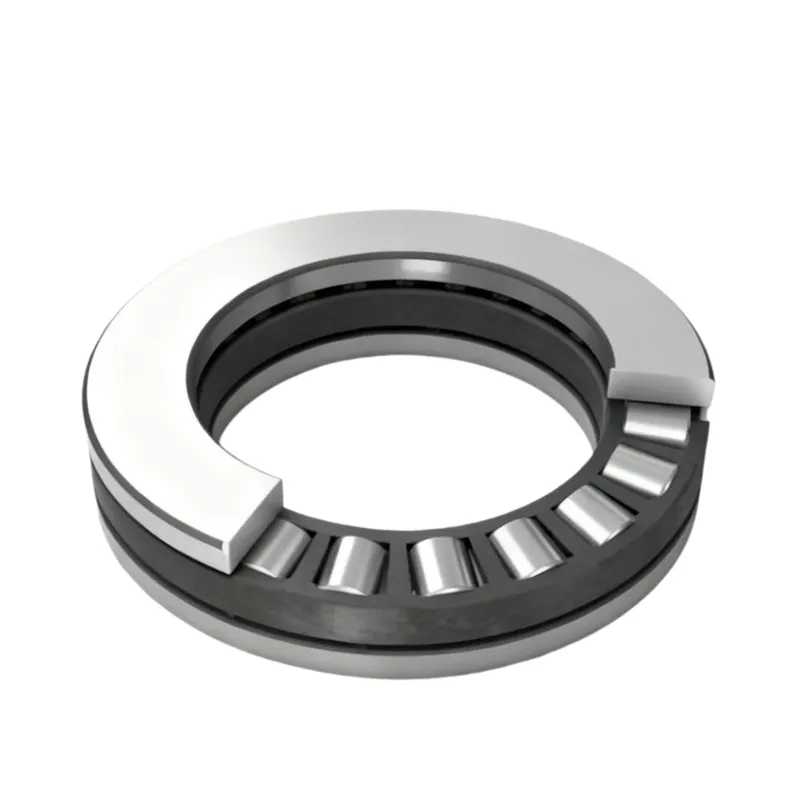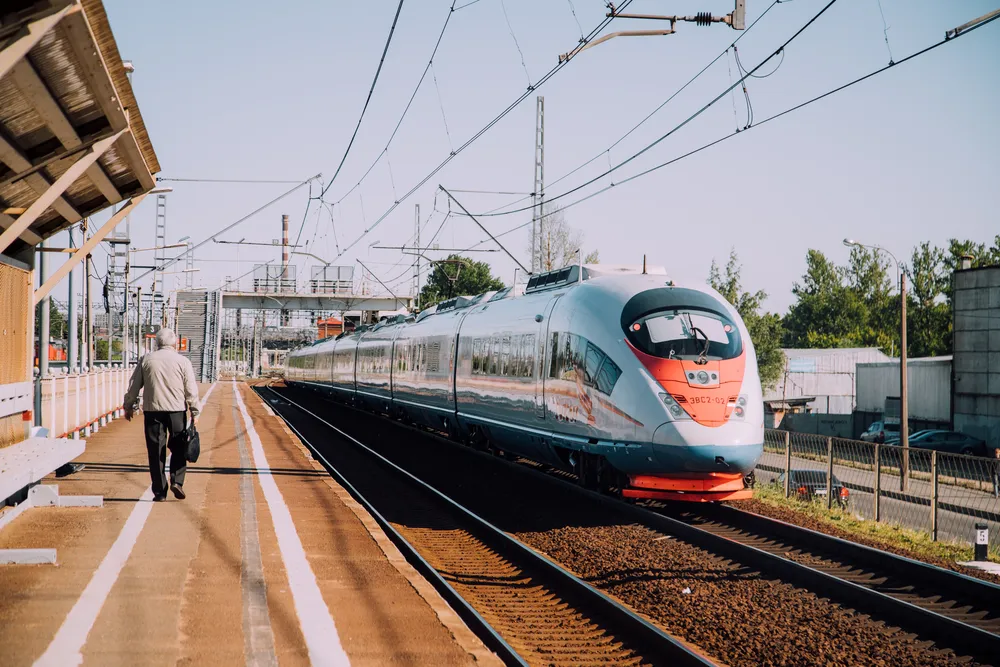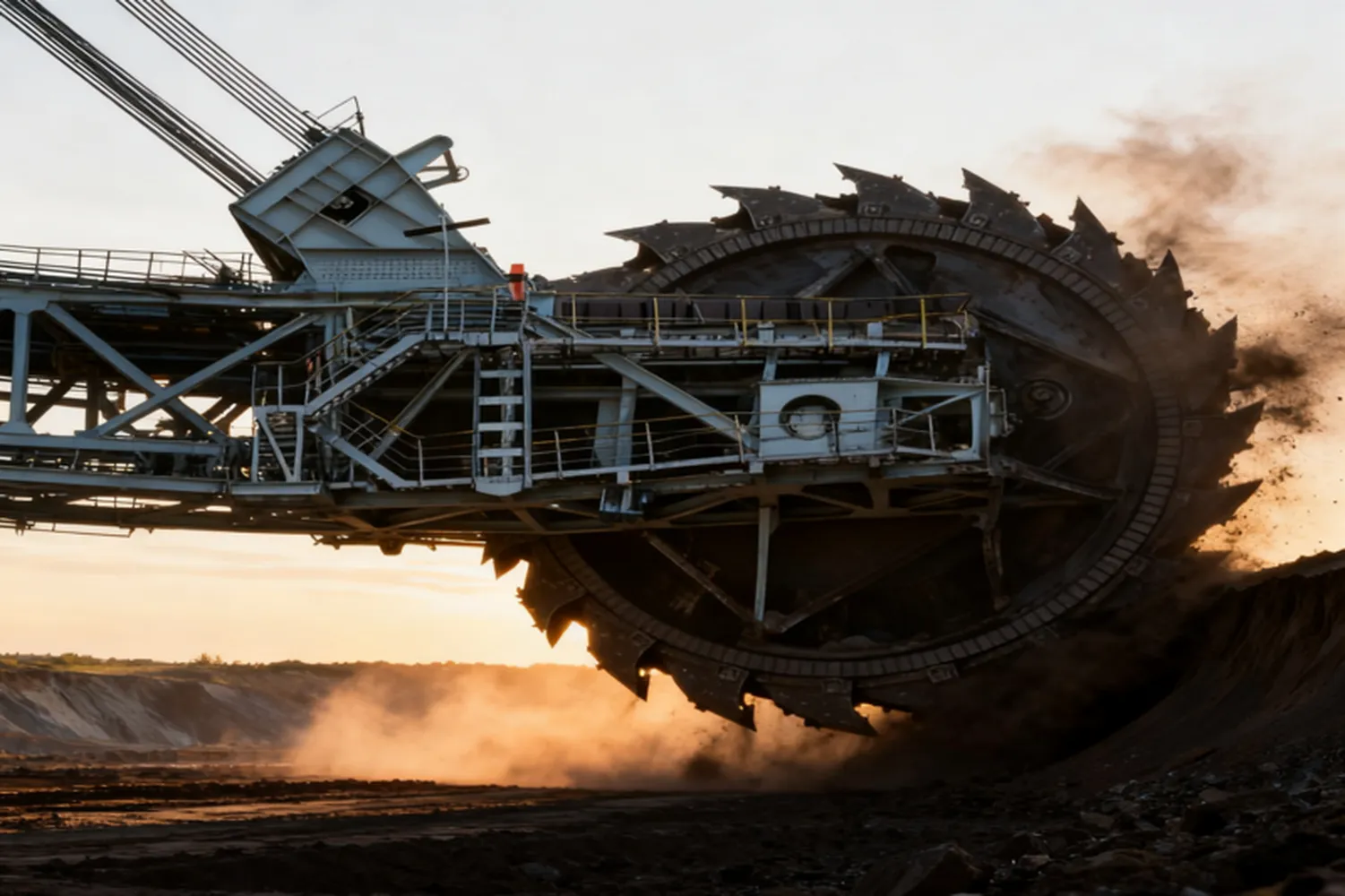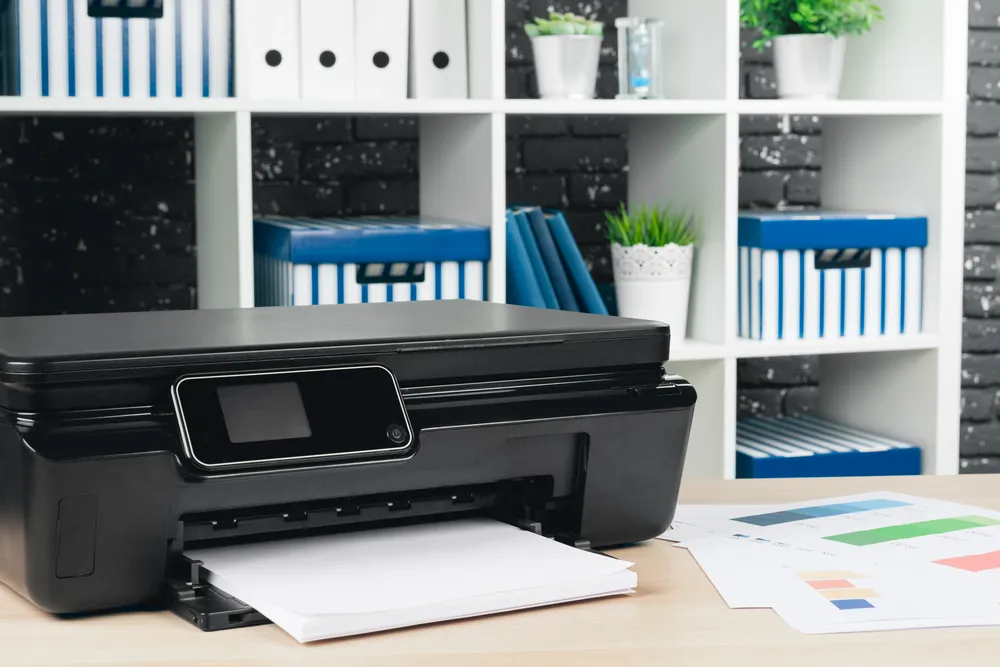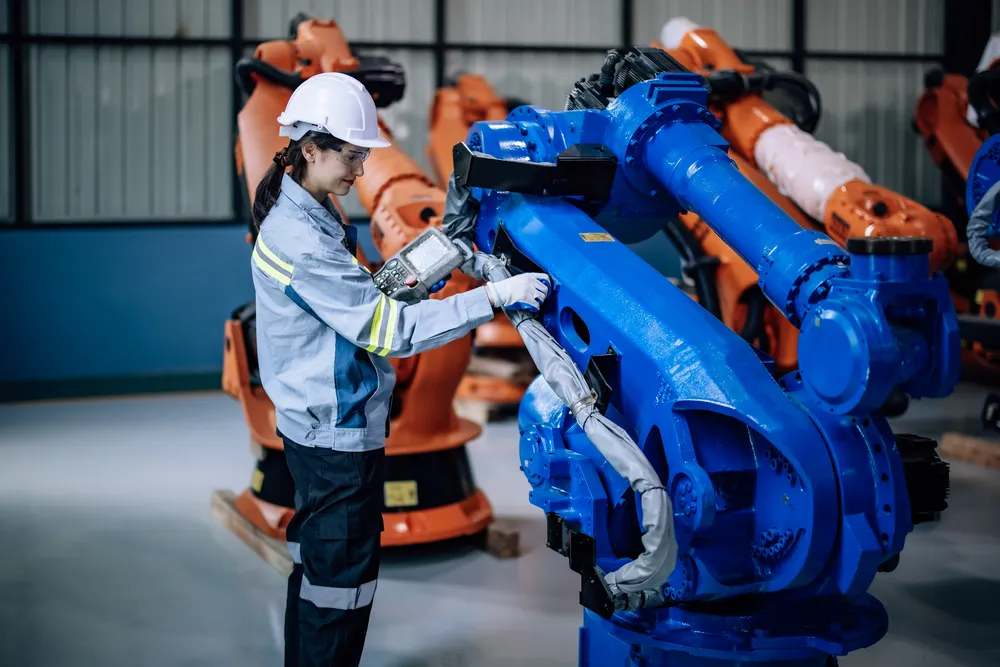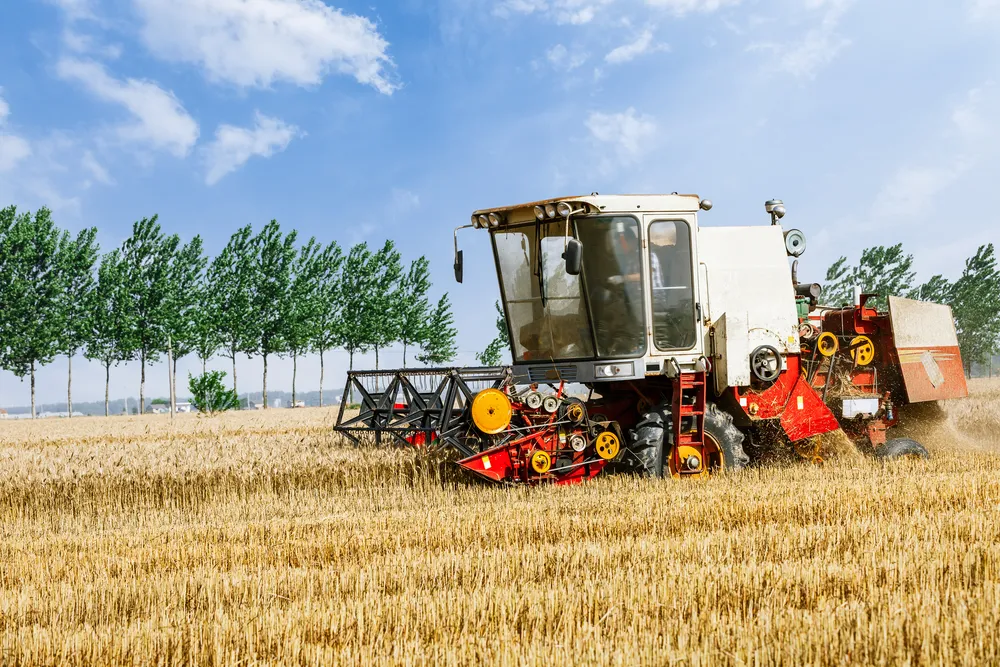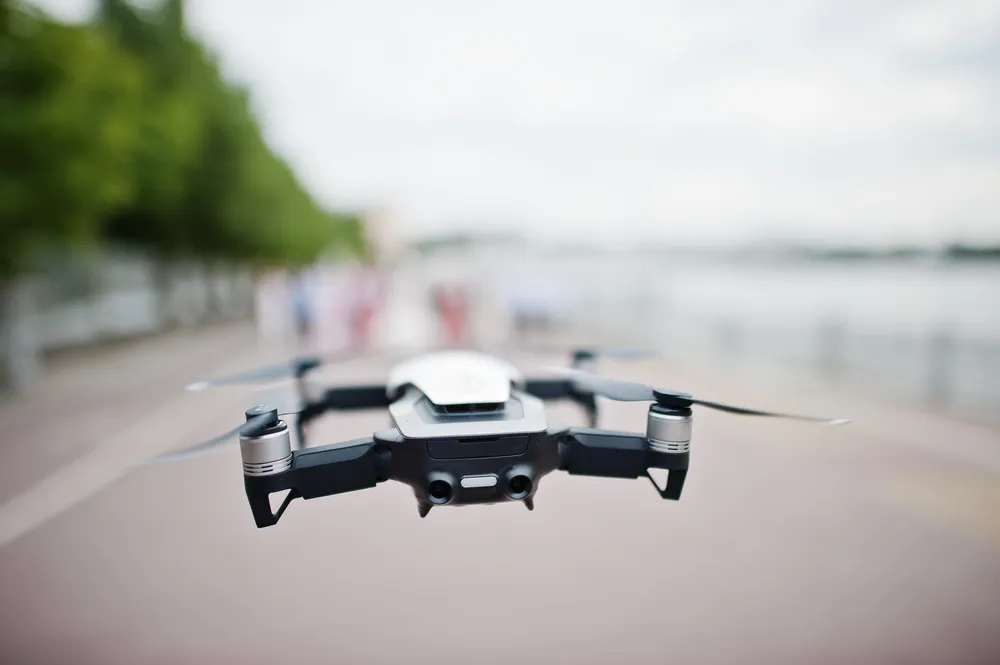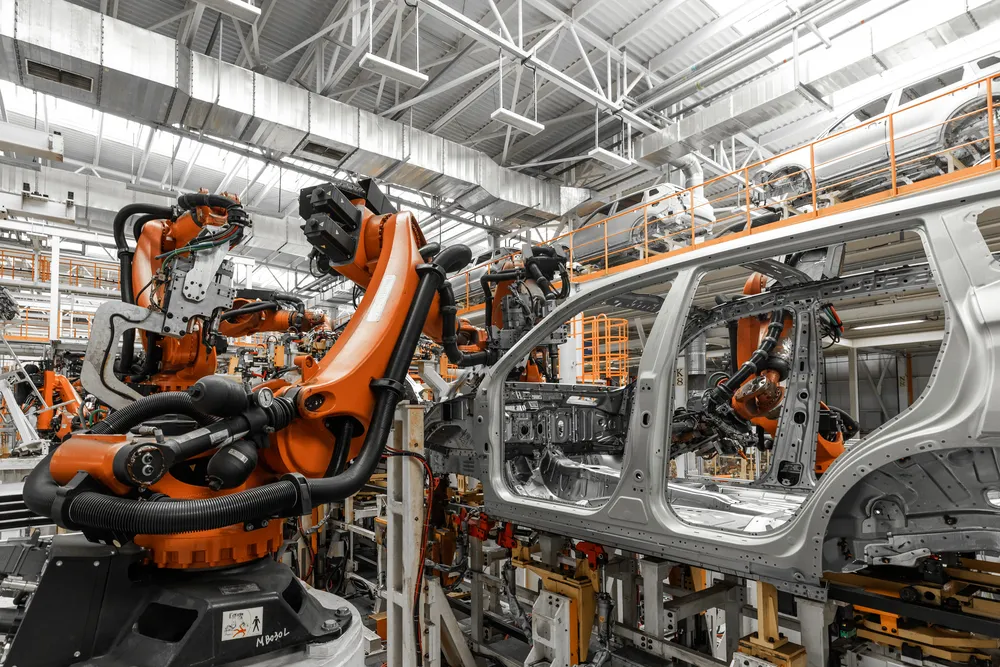Products
What are Thrust Roller Bearings
Thrust roller bearings are precision mechanical components specifically engineered to withstand axial loads, establishing efficient power transmission paths through accurately arranged rolling elements between shaft washers and housing washers. These bearings employ special geometric configurations to evenly distribute axial forces across multiple contact points, achieving optimal load dispersion. Distinct from conventional radial bearings, the unique design of thrust roller bearings maintains stable operational accuracy under immense thrust loads, making them widely applicable in critical sectors including heavy machinery, vertical transmission systems, and precision positioning equipment.
Characteristics of Thrust Roller Bearings
Thrust roller bearings possess several distinctive technical features:
- Optimized load transfer mechanism: Utilizing multi-roller cooperative bearing design to achieve efficient axial force transmission through precisely calculated contact angles
- Advanced material engineering: Selecting high-purity bearing steel combined with special heat treatment processes to ensure dimensional stability under extreme loads
- Flexible configuration solutions: Providing unidirectional and bidirectional load-bearing structures to meet force requirements in different application scenarios
- Intelligent lubrication systems: Integrated lubrication design ensures stable oil film protection between rolling elements and raceways
- Precision manufacturing processes: Employing nano-level precision machining technology to achieve optimal raceway surface roughness
Advantages of Thrust Roller Bearings
Thrust roller bearings demonstrate significant advantages in engineering applications:
- Exceptional axial load capacity: Unique structural design provides higher thrust load capacity within the same dimensions
- Stable operational performance: Optimized internal clearance control ensures consistent axial positioning accuracy during temperature variations
- Outstanding impact resistance: Special roller profile design effectively disperses instantaneous impact loads, extending service life
- Efficient heat dissipation: Innovative cooling channel design significantly enhances thermal stability during high-speed operation
- Convenient maintenance features: Modular design simplifies field maintenance procedures, substantially reducing equipment maintenance costs
We Can Solve Your Problems
Addressing complex operational requirements, we provide professional engineering solutions:
- Customized design services: Delivering personalized bearing structure设计方案 based on specific load spectra and operating environments
- Dynamic simulation analysis: Utilizing advanced digital twin technology to predict bearing performance under actual working conditions
- Material optimization recommendations: Providing professional material selection guidance for special working conditions, including high-temperature and corrosion-resistant materials
- Installation process guidance: Offering detailed installation technical specifications to ensure optimal bearing performance
- Intelligent monitoring solutions: Deploying online monitoring systems to track bearing operating status in real-time, achieving predictive maintenance
- Life assessment services: Accurately evaluating bearing service life under specific working conditions through professional life calculation models
Frequently Asked Questions
Find answers to common questions about our bearings. If you don’t find what you’re looking for, please don’t hesitate to contact us.
Can cylindrical roller thrust bearings be used without precise outer ring positioning?
Precise positioning isn’t required, but a housing guide or shoulder should be added to prevent the raceway from shifting during operation.
What fit and clearance are needed for horizontal shaft applications?
Use a loose housing fit to allow thermal movement. Unlike thrust ball bearings, cylindrical roller thrust bearings don’t need large clearance since they don’t carry radial loads.
Can thrust roller bearings handle radial loads?
They are mainly for axial loads. Only some tapered or spherical types can take limited radial load, but continuous use under such conditions is not advised.
